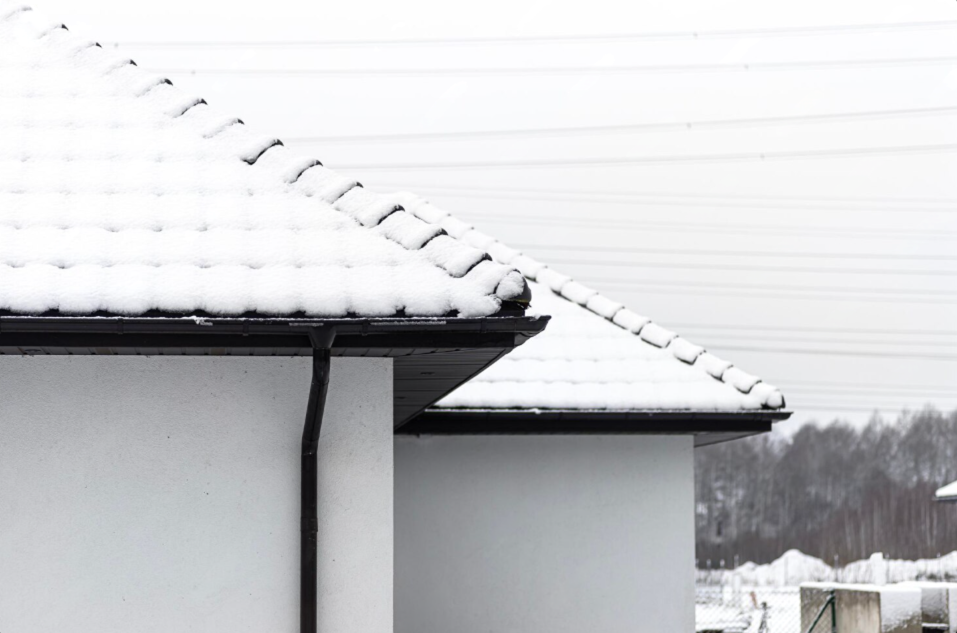Any homeowner knows the importance of keeping the house properly maintained. This includes the roof, which is often overlooked because it isn’t the easiest part of the house to inspect. If it’s been some time since you’ve maintained your roof or had it inspected, you may have a lot of questions. To find out more, here are some common roofing questions and their answers.
1. What Are the Main Parts of the Roof?
The roof consists of many parts, but they are all needed to help protect the roof, especially from water damage. First, you’ll have the shingles, such as asphalt shingles. Shingles are durable enough to deal with UV rays, wind, and rain. However, while it is durable, it isn’t fully waterproof, so a waterproof underlayment is also used to protect against moisture getting inside the attic.
The eaves are on the side of the house and support the gutters. The gutters are sloped toward downspouts to redirect rainwater. There are also valleys and ridges on the roof. A ridge is where two parts of the roof come together at a peak, and a valley is when two parts of the roof come together in a valley. Naturally, these valleys need good drainage to prevent water buildup.
The valley may also need flashing. Flashing should be installed around the chimney and any vents or pipes that pass through the roof. It is commonly made from metal, and it is additional protection against leaks.
2. What Are the Biggest Threats to Your Roof?
There are many threats to your roof, but one of the leading threats is water. However, as long as your roof is well-maintained, it should manage the water properly. When the roof becomes worn or experiences damage, water damage becomes more prevalent.
Of course, there are many ways your roof can get damaged, but one common problem is blunt force damage. This can come from fallen trees or branches, and hail. Wind may increase the risk of items hitting the roof, and if something hits the roof hard enough, it could create a hole or leak.
UV damage can also weaken roofing materials, causing them to become more brittle, especially with asphalt shingles. This increases the risk of cracking, which could expose the roof to leaks. It may also loosen the shingles, allowing them to easily blow off in the wind.
3. What Are the Signs Your Roof Needs Repairs?
Luckily, there are many warning signs that your roof needs attention. Start by looking at the history of your roof. If it’s been a long time since the roof has been replaced or repaired, there’s a higher risk of damage and leaks. Keep in mind that different roofing materials last longer or shorter, so while a 25-year-old asphalt roof is probably at the end of its life, a 25-year-old slate-tile roof is still young.
If you have asphalt shingles or wood, look for signs of rot and moss growth. Look for scratches, dents, punctures, and rust. Regardless of the type of roof, make sure the flashing is in good condition.
Don’t forget to check other parts of the roofing system, especially the gutters. If the gutters aren’t working properly, they can affect other parts of the house, such as the siding and even the foundation. You’ll want to keep gutters clean and well secured to the house.
If leaks get inside the home, you may start to see water stains, but they will appear in the attic first. Therefore, unless you check your attic for leaks, you may not notice an issue until the leak spreads.
A damaged roof can cause a lot of problems, but it isn’t always easy to spot roofing issues. Keeping your roof maintained and repairing it when necessary can make your roof last longer. However, eventually, every roof needs to be replaced. If you would like to know more, contact us at Barrier Roofs today.




